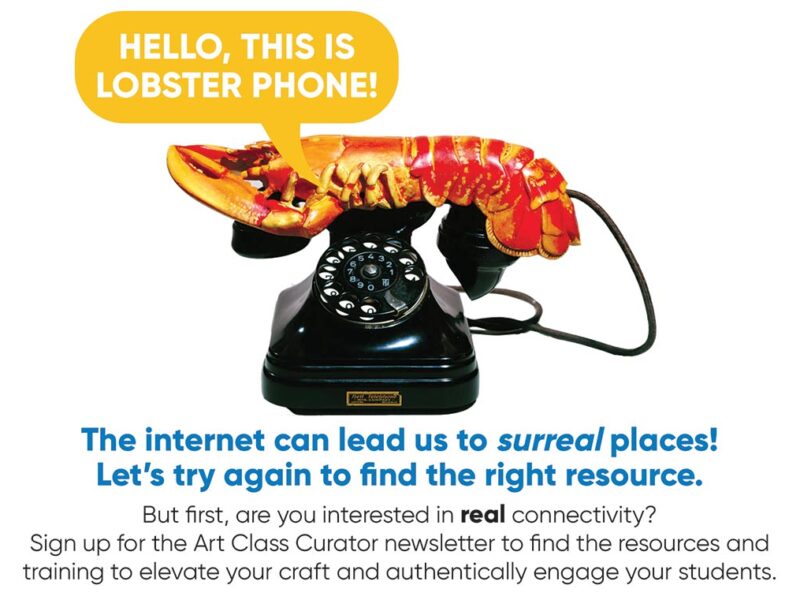Exciting News! Art Class Curator is marking its 10th anniversary with a thrilling Kickstarter launch. Introducing 'Experience Art,' a book and card deck designed to help you connect your students to art with engaging activities and discussions. Join us in this celebration of art connection and support our Kickstarter for exclusive rewards! 🚀📚
Get Your Book & Card Deck
